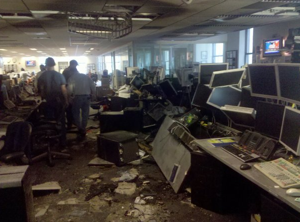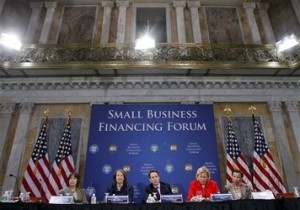Severe floods struck parts of Scotland in September and again in late November and the recovery will take some time. With the affected area only recently declared safe for return, clean-up efforts have just begun. The Association of British Insurers estimates the damage to exceed £100 million. Businesses and homeowners fear that premium increases for the losses or higher deductibles will be passed on to them or that their coverage could be dropped entirely. The encouraging news is that insurers have agreed to continue to underwrite flood cover in areas where flood defenses exist or are planned for construction within the next five years. But uncertainty exists around “resilient repair” which goes beyond restoring the property to its pre-flood status and enhances its ability to withstand future flooding. Resilient repair efforts could include moving electrical circuits to higher levels or replacing carpets with hardwood flooring. The brokers’ trade association endorses resilient repair, but insurers reimburse policyholders’ investment in resilient repair by different means or not at all. It is best to seek guidance from the insurance carrier before incurring the expense. The National Flood Forum provides helpful information on flood property defenses.
I spoke with Michael Duncan of the Federation of Small Businesses, which is offering a £500,000 disaster recovery fund to finance the recovery of its members. Members in affected communities (Elgin, Aboyne, Oldmeldrium, Canoustie and Pitlochry) are eligible to apply for interest-free loans of up to £5,000 for businesses to finance their recovery and continuity efforts. The FSB has asked for forbearance for small businesses to meet their obligations under more flexible terms during this difficult time. If you wish to contribute to the UK Red Cross, here is the link.




